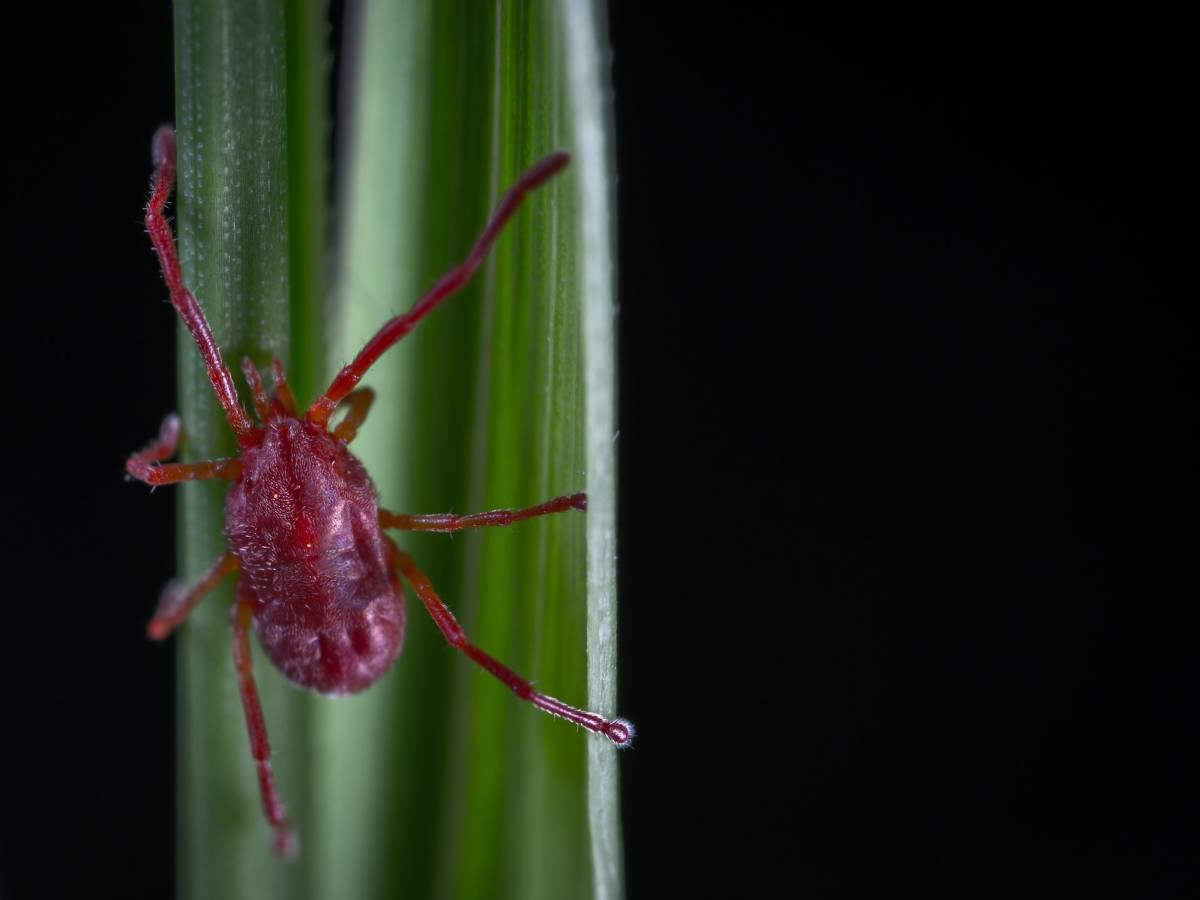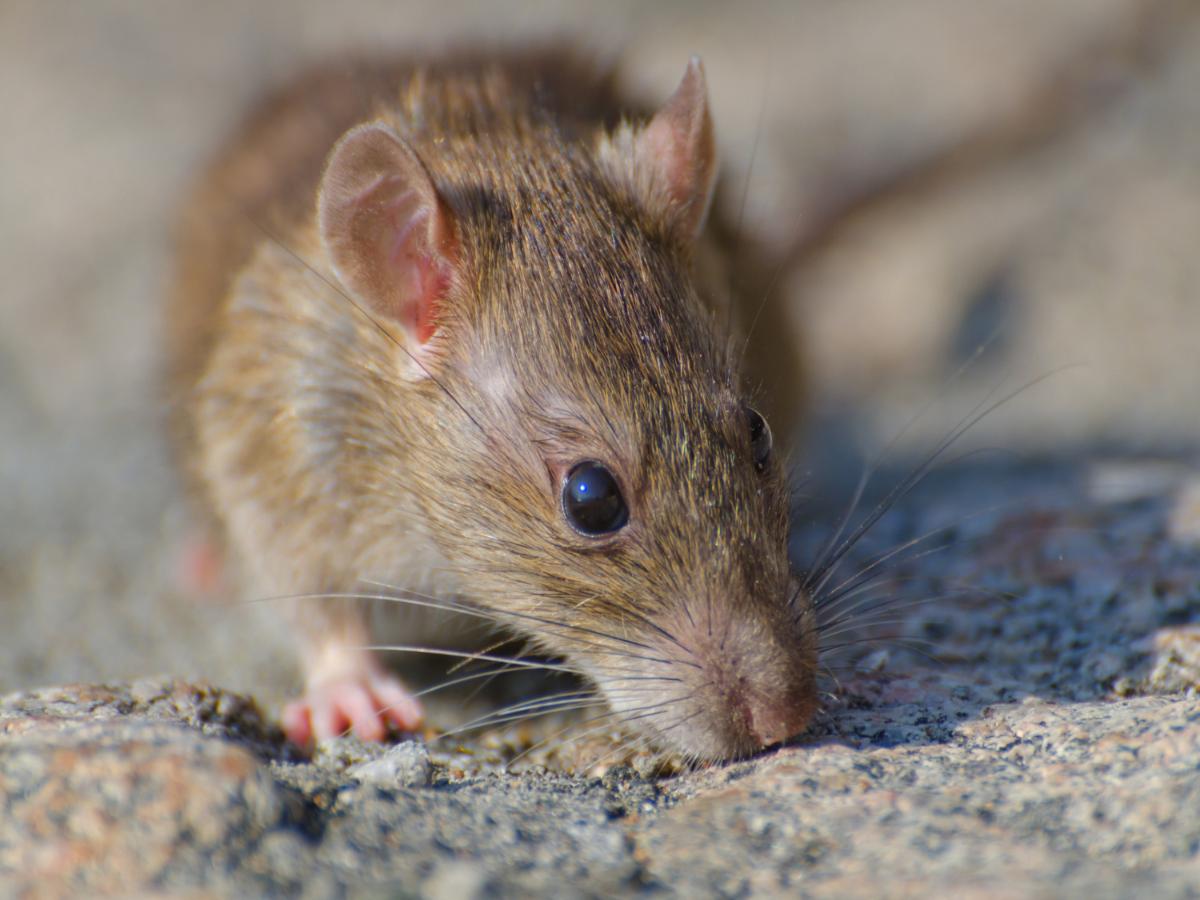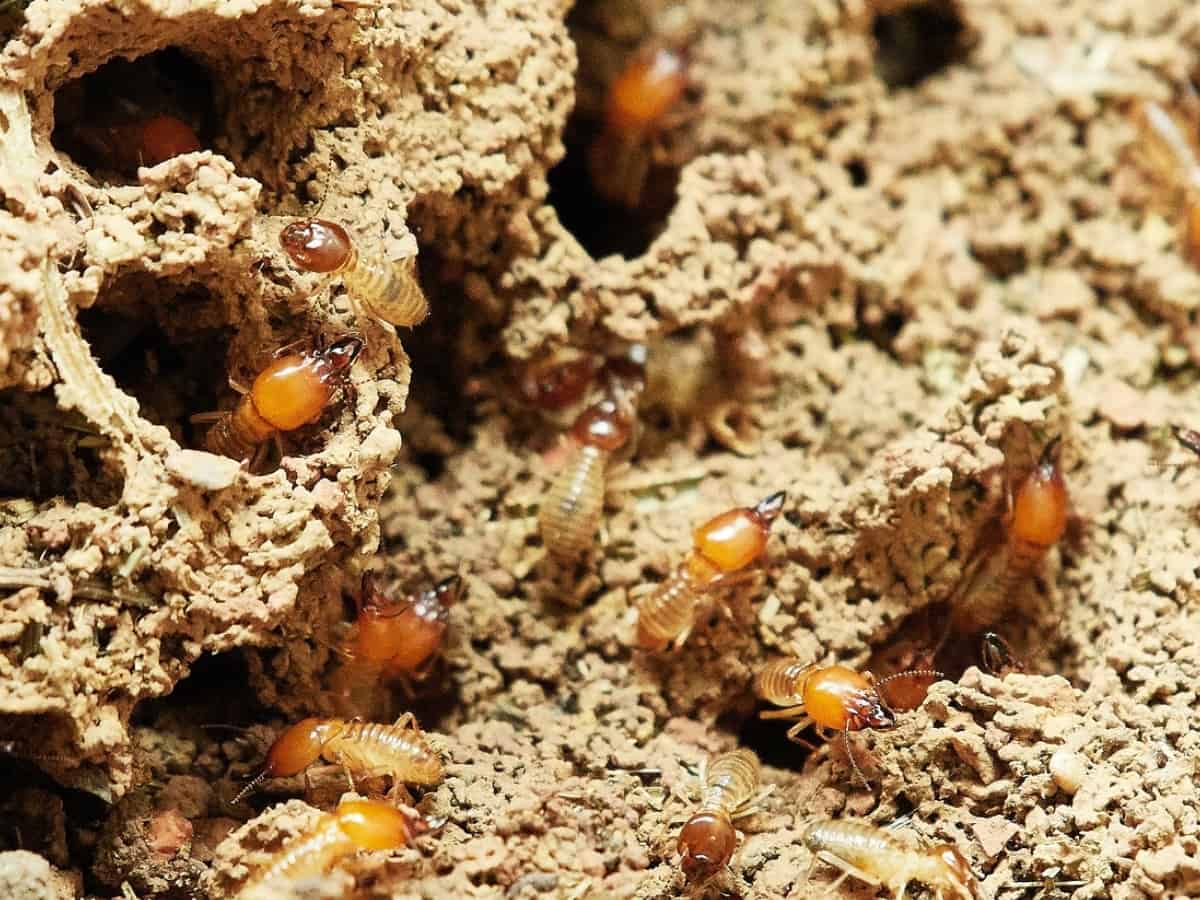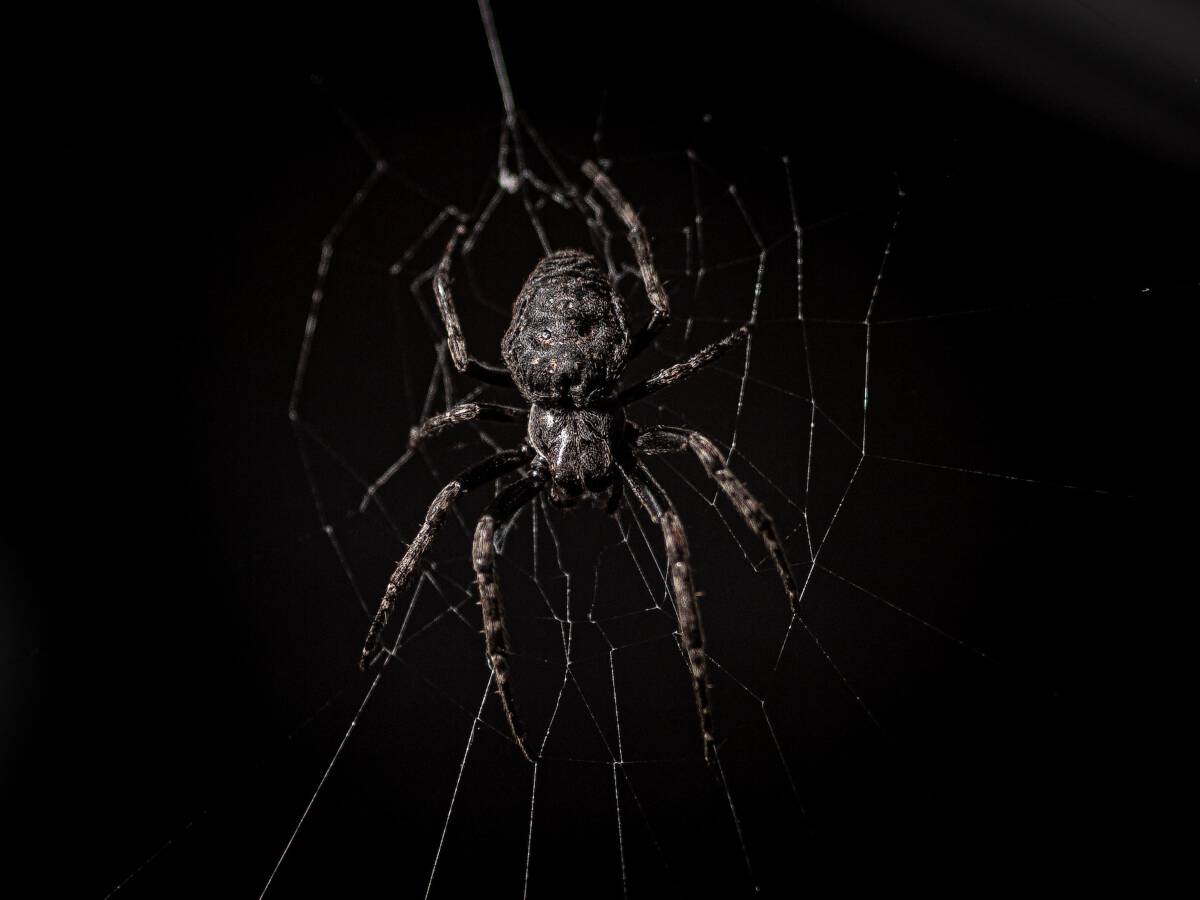Most people have encountered pest infestations at some point, which can be quite annoying. Not only are pest infestations linked to numerous established health hazards, but they can also result in expensive removal services, damage to property, and other issues. So it is important to be careful about signs of a pest infestation.
If a homeowner takes prompt action to address these issues, they will have a better chance of eliminating their infestations and fostering a healthier environment. It is crucial to look for indications of a pest infestation before taking action.
However, most of the time, infestations are difficult to identify early on. To exacerbate the situation, pests proliferate and disperse swiftly, hastening the onset of an infestation.
Furthermore, bear in mind that every kind of pest exhibits a distinct indicator of an infestation. There may be clear indications of a pest issue in some circumstances like a mouse scuttling across the floor. However, sometimes the signs are not as clear.
Nonetheless, a homeowner can identify pest infestations in their house by keeping an eye out for a few warning indicators.
Down below, you can find the most common signs of pest presence in your home.
Presence of Droppings or Fecal Matter
One of the most prevalent indicators of a pest infestation that a home is overrun with pests is droppings. Keep an eye out for feces and urine trails. If you start looking for these indicators, you can almost definitely find pests nearby.
Usually, the shape and size of the droppings can help homeowners identify the type of pest they are dealing with. For instance, insect droppings are typically tiny and are often ignored. However, the droppings from rodents are bigger and have a conical or spindly shape. These droppings may be a sign of the kind and extent of the infestation.
Presence of Dirt and Grime
When moving through an enclosed space, a lot of pests, such as mice, rats, and some insects, have a tendency to take well-known paths. Frequently, this will leave a greasy or sticky residue in its wake.
For example, greasy smudges on the walls are likely the result of rodents rubbing their bodies against various surfaces. Even hair or fur traces, as well as signs of food in corners or on the floor, may be present.
Furthermore, it is well known that cockroaches, particularly in bathrooms and kitchens, leave behind brown stains on walls and other surfaces.
Excessive dirt or grime will frequently accumulate when you’re dealing with an infestation, especially in confined areas or tiny corners where pests can easily hide.
Presence of Unusual Odors or Sounds
Experts are usually able to identify the distinct smells that pests may release. But you might not know what to sniff for if you’ve never dealt with a pest issue before.
It’s possible that the ammonia or poop smell in your home is coming from somewhere other than the bathroom. Alternatively, it might be a urine trail left by rats or mice, which are used to identify the routes these rodents take which are usually towards food sources. Also, when rodents scratch walls and baseboards, they leave behind stains and sometimes even strong odors.
Another foul-smelling pest is cockroaches. Cockroach infested areas are often associated with musty, sweet, or oily odors.
Even worse, pests may die inside your house and leave behind a foul odor.
Therefore, don’t disregard a strange smell coming from your kitchen, crawl space, basement, or any other part of your house as they can indicate a severe infestation.
Moreover, small, odd noises—particularly in the dead of night when the house is empty—may be signs of pest infestation. For the most part, pests are nocturnal—that is, they only emerge at night—especially rodents. For this reason, you can frequently hear them darting around during the night. Additionally, they can be heard scratching and squeaking, particularly in crawl spaces and walls.
Presence of Structural or Property Damage
Certain pests, like termites, can seriously damage your home’s structural integrity. They have the ability to burrow through wood, causing extensive damage that jeopardizes the stability of the foundation as well as the walls and floors.
Furthermore, pests like termites and rodents can harm your home’s insulation, upholstery, and other components as well. Signs of rodent activity include holes in walls, chewed wires, and gnawed furniture.
Also, if you see fabrics tearing or developing holes that don’t seem to be related to anything, it’s possible that pests are causing damage. Little pests are drawn to soft surfaces, such as carpets and couches, and they can cause noticeable damage to these items as well as other ones.
Checking for harmed wood on your furniture, walls, and floors is also a smart idea. Pests like termites, carpenter ants, and others may be the cause of any marks or loose shavings they may have.
Lastly, regardless of whether your plants are indoor or outdoor, take extra care to monitor them for any damage. Gnawed or patched leaves could easily be signs of a pest infestation.
Presence of Nests
If you look closely, you might be able to find evidence of the nests made by mice, rats, and other rodents, who are known to build their nests out of whatever is available to them. Use a flashlight to look through all the little, hidden corners in your house. Rats and mice frequently build their nests in the following areas:
- Behind appliances in the kitchen or laundry
- Within barns and sheds
- Behind couches and other bulky furniture
- Within loft and roof spaces
- Inside ceilings and walls
- Within gardens and yards
- In storage spaces and boxes
Make sure you inspect your home’s yard for indications of pest activity. Signs of an infestation may include wasps’ nests, brown lawns, damaged vegetation, ant hills, and termite mud tubes. It only takes one step for pests outside your house to enter your interior. Thus, don’t forget to inspect both indoor and outdoor nests.
Another clue to an infestation is the presence of nesting materials close to your house. Pests can build their nests out of almost any material they can find. This comprises paper, leaves, grass clippings, fabric, and a lot more.
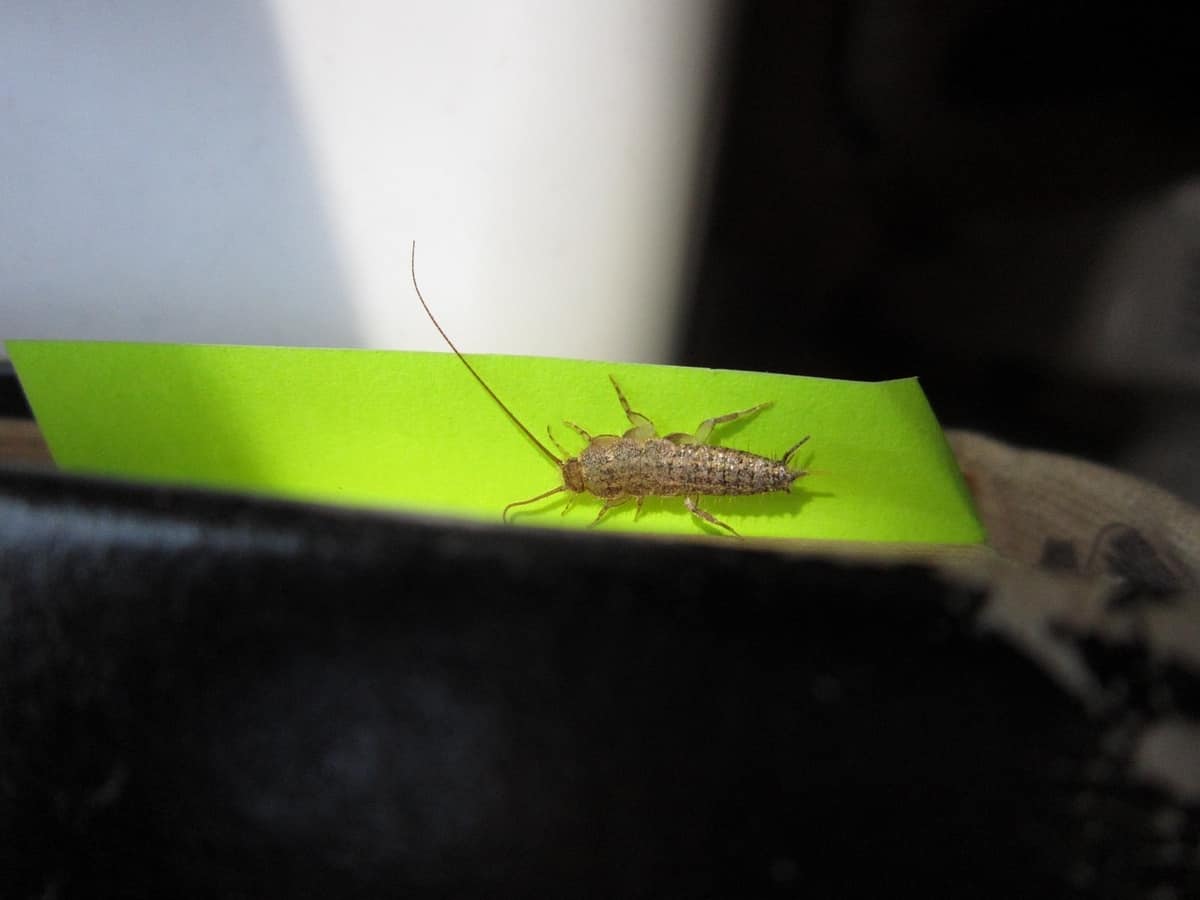
Presence of Body Parts
In addition to excrement, pests also discard body parts like feathers, fur, and wings. In order to know what you are dealing with, try to keep an eye on the types of body parts you have found.
Here are some examples of specific signs for various pest species:
- Bed bugs leave translucent, tiny eggshells or exoskeletons, and these can be found close to where they hide.
- Flea eggs are small, oval-shaped, white objects that are typically found in your pet’s fur or preferred resting places.
- The brown, oval-shaped capsules that form cockroach egg casings, or oothecae, are concealed in cracks and crevices.
- Discarded wings close to doors, windowsills, or light fixtures indicate a termite infestation nearby during termite swarm season.
Presence of Bite Marks
Lastly, you can consider bite marks on yourself, on your family, or on your pets as signs of a pest infestation.
One of the most reliable signs of bed bug bites is to wake up with red, itchy bite marks in the shape of a line or cluster on your skin. Similarly, fleas may be present if your pets bite, scratch, or groom themselves excessively. Examine your pet’s skin for signs of redness, rashes, or hair loss.
Dealing with Signs of a Pest Infestation
After reading our blog post, we hope you’ll be better equipped to recognize pest infestations and take the necessary action.
Prompt pest management is essential to preserving a secure and wholesome living space. In the long run, ignoring or postponing pest control can result in more harm, higher health risks, and higher expenses.
You can save your family’s health, prevent the spread of pests, and preserve the structural integrity of your home by taking quick action when you discover a pest infestation.
Do not forget that when managing pests, quick response is essential, so don’t be afraid to seek professional help if necessary.


